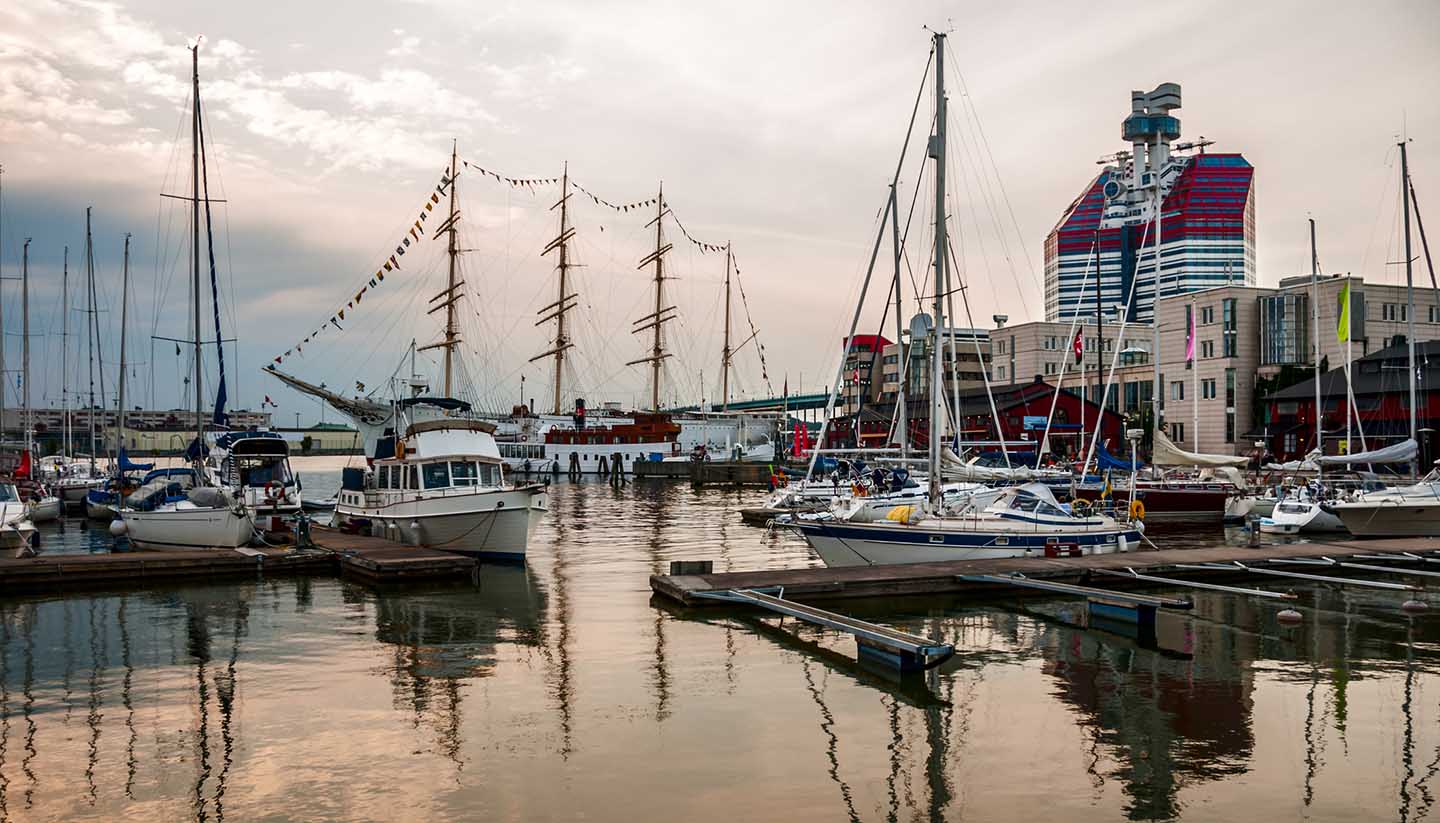Gothenburg Travel Guide
About Gothenburg
Situated on the southwest coast of Sweden, where the Göta River meets the North Sea, Gothenburg has a cosmopolitan feel at odds with its historic cobbled streets.
Boasting the largest harbour in Scandinavia, and a captivating archipelago (skärgård to the locals), you’re never far from a tangy salt-laden breeze or some of the finest shellfish you’ll ever eat.
But there’s more to the city than quaint streets and seafood: with its strong local character, elegant architecture and a down-to-earth cultural robustness, Gothenburg is both authentic and attractive.
The hardest part is working out where to start. Do you shop up a storm in the hip Linné district? Or do you kick back and watch the world go by in the peaceful Kungsparken? Maybe check out the city’s numerous monuments and museums, including one that allows visitors to pit their wits against a roster of visiting Nobel Prize winners.
Gothenburg's contributions to Swedish history can be sniffed out via the exhibitions and crafts on show at the gorgeous old City Hall and at the city’s fabulous maritime museum – aptly set on the world’s biggest boat.
Ships also play a large part in the local food, with fish and shellfish on the menu in just about every restaurant. But you don’t have to wait for it to turn up cooked on the table: archipelago fishing trips are easily arranged.
Gothenburg’s excellent city bike scheme is a pleasant (and cheap) way of seeing the main sights, while quirky attractions such as the Beach Centre enable visitors to have a stab at volleyball.
Those on a more cerebral bent can indulge in a visit to the harbour-side opera house, or get involved in a piece of performance art at one of the many contemporary theatres.
Gothenburg might not have the clout of Sweden’s capital, Stockholm, but with a beguiling blend of stunning countryside, a city centre that’s easy to explore and enough activities to keep you busy for a year, you won’t be missing out on a thing.
Currently, Gothenburg is preparing for its 400th anniversary in 2021 with projects that revolve around the three themes "Closer to the water", "Building bridges" and "Open spaces".


